Soil Background & Risk Assessment Training
Archived: Tuesday, January 24, 2023
Sponsored by: Interstate Technology and Regulatory Council
ITRC recognized that while some state and federal agencies and other entities have guidance documents regarding soil background, there is not one comprehensive and widely accepted guidance document that summarizes the state of the science on this topic. The ITRC Soil Background & Risk Assessment Guidance (SBR-1) released December 2021 is intended to fill the gap by providing a comprehensive defensible framework for establishing and using soil background in risk assessments. It focuses on the process of establishing defensible background concentrations of naturally occurring or anthropogenic ambient chemicals that can be used when performing risk assessment at contaminated sites.
This training will provide:
- an understanding of how to establish soil background and use it in risk assessment of contaminated cleanup sites
- tools necessary to identify when soil background is important to include in risk assessment
- an overview of how to establish soil background and how to use it in risk assessment
Trainers will elaborate on topics such as soil background definitions, how to choose a soil background site, soil sampling and soil analytical methods. It will cover how to establish default and site-specific soil background, and also how to use them in risk assessment. Other topics covered will include statistical methods and tests including how to handle dataset distributions, nondetects, outliers and different statistical tests that may be useful when comparing soil background to site concentrations. Trainers will provide insight into what a geochemical evaluation and environmental forensics are and when they can be used to provide an additional line of evidence.
The target audience for the ITRC Soil Background and Risk Assessment Guidance Document (SBR-1) includes risk assessors, risk managers, and site investigators, which may include federal, state, tribal, and various local agency employees; contractors to these agencies; as well as potentially liable parties and their consultants.
For training purposes, the ITRC Soil Background and Risk Assessment team produced four videos which can be viewed on ITRC's YouTube Channel:
- Overview of the guidance document, introduction, and definitions
- Sampling and analytical methods
- Establishing and using soil background in risk assessment
- Geochemical evaluations and environmental forensics
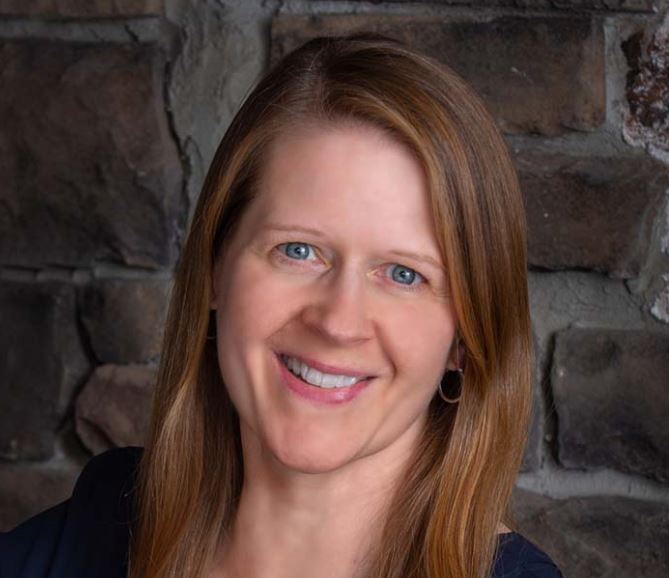 Bonnie Brooks, Washington Department of Ecology (bonnie.brooks@ecy.wa.gov)
Bonnie Brooks, Washington Department of Ecology (bonnie.brooks@ecy.wa.gov)
Bonnie has over 11 and a half years of experience providing expertise in environmental toxicology and risk assessment for cleanup sites. Ten and a half years of that experience has been for state agencies in Washington and Minnesota. While working for the Minnesota Pollution Control Agency, Bonnie established the agencies first set of soil background threshold values. Bonnie also co-led the ITRC’s Soil Background & Risk Assessment team which released a comprehensive guidance and training videos on establishing and using soil background in risk assessment in 2022. Bonnie has a Bachelor of Science in Chemistry and Master of Science degree in Environmental Health/Toxicology.
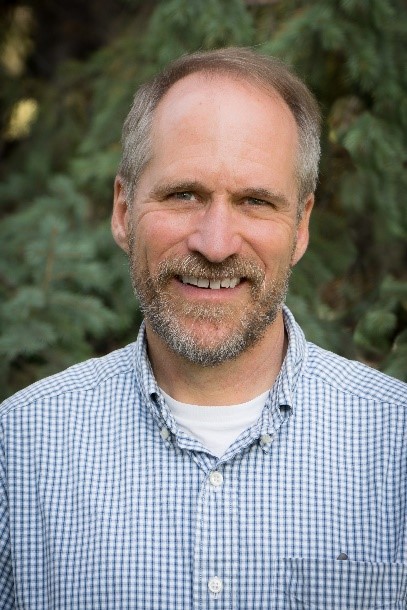 Charlie DeWolf, Ph.D., P.G., Trihydro Corporation (cdewolf@trihydro.com)
Charlie DeWolf, Ph.D., P.G., Trihydro Corporation (cdewolf@trihydro.com)
Dr. DeWolf is a senior geochemist and risk assessor at Trihydro, with 30 years of experience in environmental and analytical chemistry, environmental geology, and risk assessment. As a human health and ecological risk assessment practitioner, he has focused on complex sites including current and former chemical processing facilities and hydrocarbon refineries. In this capacity, he has applied a range of environmental forensics techniques to distinguish between sources and/or ambient signatures and concentrations for a diverse array of chemicals in numerous distinct settings. Examples include distinguishing between polycyclic aromatic hydrocarbon (PAH) sources (including wildland fire), evaluating metals releases and background in soil and sediment, use of polychlorinated biphenyl (PCB) congener analysis to distinguish facility releases from regional anthropogenic background, and identifying various sources of volatiles to soil vapor and indoor air.
As adjunct faculty at the University of Wyoming, he has taught risk analysis and communication at the undergraduate and graduate level. He has been a contributor to Interstate Technology and Regulatory Council (ITRC) teams developing guidance for risk assessment of petroleum hydrocarbons (TPHRisk-1) and the use of soil background in risk assessment (SBR).
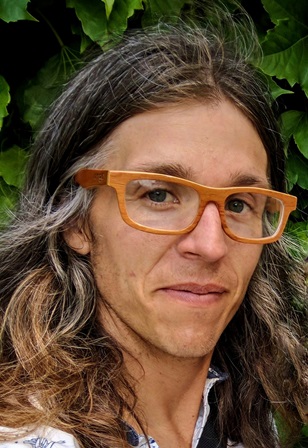 Brady Johnson, Idaho Department of Environmental Quality (brady.johnson@deq.idaho.gov)
Brady Johnson, Idaho Department of Environmental Quality (brady.johnson@deq.idaho.gov)
Brady Johnson is a hydrogeologist with the Idaho Department of Environmental Quality in Boise, Idaho. He received a B.S. in Geology from the University of Kansas and M.S. in Hydrologic Sciences from Boise State University. Brady has worked in the Technical Services Division of Idaho DEQ since 2011 with a focus on modeling and monitoring the fate and transport of chemicals in groundwater and soil and statistical methods for environmental monitoring and characterization. Brady served as a writing group co-lead for the ITRC Soil Background and Risk Team.
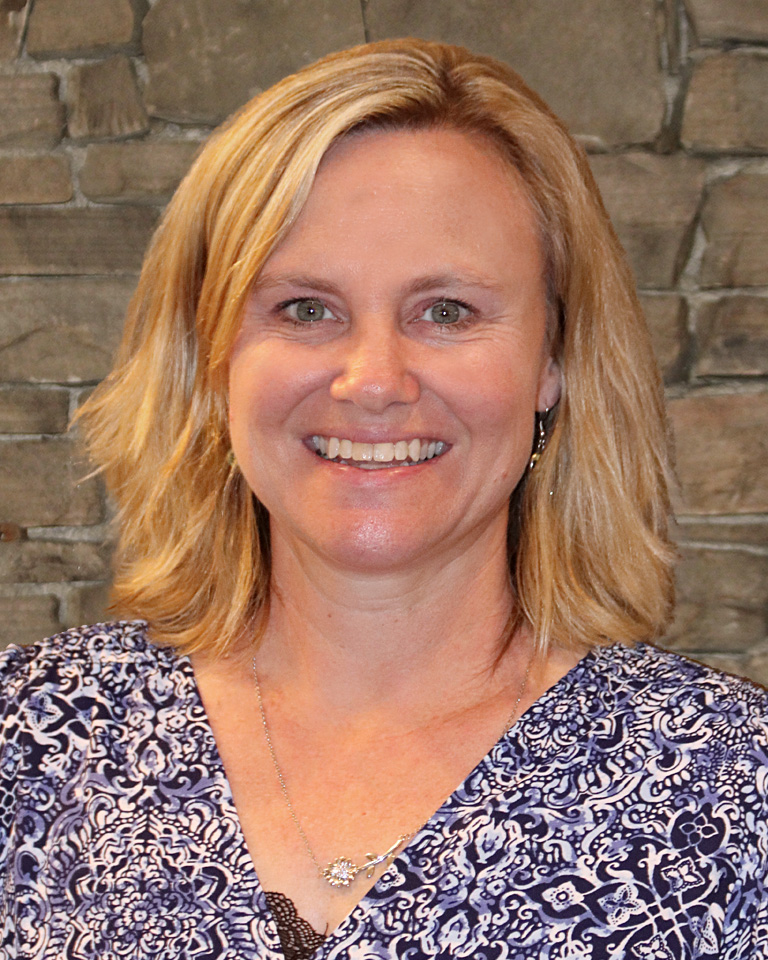 Chrissy Peterson, EHS Support, LLC (chrissy.peterson@ehs-support.com)
Chrissy Peterson, EHS Support, LLC (chrissy.peterson@ehs-support.com)
Chrissy Peterson is a Project Risk Assessor and Data Analyst for EHS Support with over 20 years of experience in environmental consulting. She graduated from the University of Virginia with a B.A. in Environmental Science and Economics and received her Certificate in Environmental Health Assessment from University of Pittsburgh – Graduate School of Public Health. Currently, her primary role is performing human health risk assessments in the US and internationally and acts as a liaison between clients and regulators to evaluate potential risks to receptors to support risk mitigation, remediation, and closure decisions. Chrissy assisted with development of the Interstate Technology and Regulatory Council (ITRC) Soil Background in Risk guidance and is actively participating in the development training modules for the guidance.
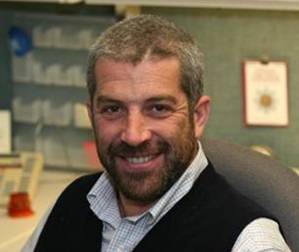 Claudio Sorrentino, Department of Toxic Substances Control (California) (claudio.sorrentino@dtsc.ca.gov)
Claudio Sorrentino, Department of Toxic Substances Control (California) (claudio.sorrentino@dtsc.ca.gov)
Claudio Sorrentino is the Senior Toxicologist and Chief of the Northern California Unit of the Human and Ecological Risk Office, Department of Toxic Substances Control (DTSC), California Environmental Protection Agency in Sacramento. He joined DTSC in December 2007. His work includes providing scientific and technical advice to various programs within DTSC and to other agencies on risk assessment, exposure assessment, and toxicological issues. He also reviews and refines evaluations of complex sampling and analysis plans, risk assessments, and detailed biological effects studies, applying and integrating scientific, toxicologic and ecologic principles to site specific hazardous substance releases. He provides guidance in preparing more complex exposure assessments, risk assessments, and studies to evaluate the human health impacts of hazardous substance releases into the environment to determine what appropriate remedial alternatives or permit conditions are necessary. Claudio has been a member of the Environmental Molecular Diagnostic team since its formation. He graduated from the School of Pharmacy of the University of Rome (Italy) "La Sapienza" in 1989 and earned a Master in Pharmacology in 1995 from School of Medicine of the same university. He earned a Ph.D. in Environmental Health Sciences from the New York University in New York, NY in 2004 for his work on the molecular and organismic effect of co-exposure to metals and aromatic hydrocarbons in fish from the Hudson River, NY. From 2004 to 2007, he was a postdoctoral scholar performing research on the molecular mechanisms of dioxins and dioxin-like chemicals in M.S. Denison’s Lab at UC Davis. In 2006, he was the instructor in charge of teaching "Introduction to Environmental Toxicology" at UC Davis. Claudio is a full member of the Society of Toxicology and is a reviewer for the journal Chemico-Biological Interactions.
Karen Thorbjornsen, APTIM (karen.thorbjornsen@aptim.com)
Karen Thorbjornsen is a Senior Geochemist with APTIM in Knoxville, Tennessee. She holds Bachelor of Science and Master of Science degrees in Geology; is a registered Professional Geologist licensed in Alabama, Georgia, South Carolina, and Tennessee; and has 25 years of environmental consulting experience. She performs background studies of metals and PAHs in environmental media and statistical analyses of environmental data. Her specialty is geochemical evaluation of metals data, to distinguish natural and ambient concentrations from site-related contamination. Ms. Thorbjornsen performs geochemical evaluations to delineate the extent of contamination, refine lists of chemicals of concern, optimize long-term monitoring programs, confirm the success of soil-removal actions, characterize background distributions, and examine statistical outliers. She has performed these evaluations at hundreds of sites across the U.S., authored several papers on the technique, taught over 30 short courses, and contributed to ITRC and ASTM guidance. Her papers have been published in Environmental Forensics Journal, Journal of Structural Geology, Remediation, and Soil & Sediment Contamination.
Moderator:
Nicole Henderson, ITRC Contractor (nicole.henderson@hmenviro.com)
Webinar Slides and References:
Additional Resources:
- ITRC Soil Background & Risk Assessment Web-Based Guidance Document
- ITRC Soil Background & Risk Assessment Training Videos:
Help & FAQs
- Frequently Asked Questions
- Content Questions?
Call ITRC Training Program at 202-266-4932 or itrc@itrcweb.org - Technical Problems?
Leave us a comment - Cancel Your Registration
- My Participation Records
- CEU Credits and PDHs
Zoom Resources
Before Webinar Day
This seminar will be delivered through Zoom. Participants are encouraged to update to the latest version of the Zoom application for the best experience.
If you are unable to install the Zoom application, most functions will be available if you join just using a modern web browser such as Chrome, Edge or Firefox. We strongly encourage you to run the Zoom Meeting Test prior to attending this webinar. Technical support on the day of the webinar will be very limited and subject to significant delays.
Backup Conference Call
If you cannot participate using online audio, you may join the optional call in line. After checking in for the live event using the instructions listed below, you will see several options to participate. Please click the links in option 4 to follow along by phone and obtain the call in number. If you cannot access the phone number, you may request the call in line from the event moderator in the Q&A or send an email to Jean Balent at balent.jean@epa.gov
Click on "Join Webinar" at the top of this screen, enter your exact first and last name as you registered and enter the number of people attending at your location (including yourself). You should then be taken to the Zoom meeting room. Join with Zoom Application: For those joining with the Zoom application, you may be prompted to sign with a zoom account or join as a guest without signing in.
If joining as a guest, you will be prompted to enter your name and email address. Remember your name, image, video or voice may be visible to others in the live event. When done, click "Join" When it is time for the live event to start, the meeting host will admit you to the live Zoom meeting. Join via web browser (without the Zoom Application): For those joining with a web browser, you may close any pop ups prompting you to download the Zoom app. The next window will allow you to enter your name (first name and last name) and check the box that you are not a robot. Click the blue join button. You may also be asked to provide your email address before joining the room. Remember your name, image, video or voice may be visible to others in the live event. When done, click "Join" When it is time for the live event to start, the meeting host will admit you to the live Zoom meeting. You may need to periodically refresh the browser window to confirm if the host has admitted you. The presenters will control what slide you are viewing. You may submit questions online for the instructors to answer during the webinar by typing in the "Q&A" area. It is not necessary to wait until the question and answer periods to submit questions. At the end of the webinar you will be guided to our feedback form and links to additional resources, including the complete presentation. These links will remain active after the webinar. Provided for your convenience. Importing or accepting the invitation within this iCalendar file is not required, and declining the invitation does not cancel your registration. For additional information on iCalendar, please see our
iCalendar Help It is EPA's policy to make reasonable accommodation to persons with disabilities wishing to participate in the agency's programs and activities, pursuant to the Rehabilitation Act of 1973, 29 U.S.C. 791. Any request for accommodation should be made to ITRC Training Program at 202-266-4932 or itrc@itrcweb.org, preferably one week or more in advance of the seminar, so that EPA will have sufficient time to process the request. EPA would welcome specific recommendations from requestors specifying the nature or type of accommodation needed. EPA welcomes specific recommendations from requestors specifying the nature or type of accommodation needed. Please note that CLU-IN provides both alternate phone call-in options and closed captioning for all webinars, and requests for these specific accommodations are not necessary.
Webinar Day, Checking In
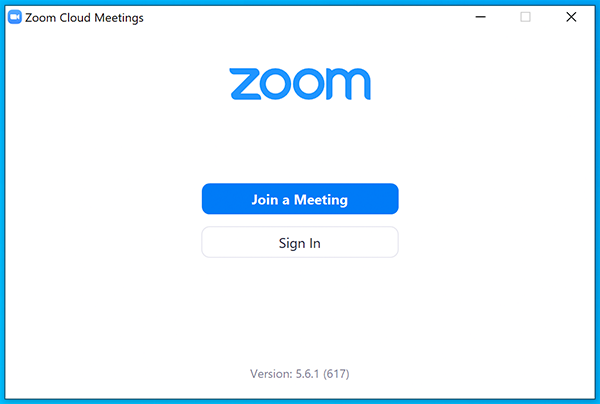
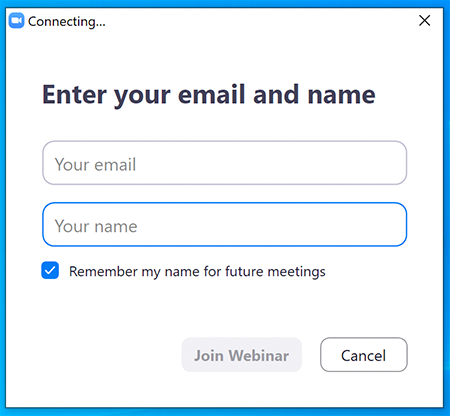
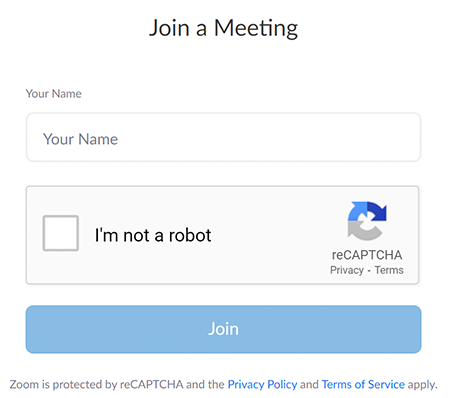
Moving Through Slides
Feedback & Links to Additional Resources
iCalendar File
Rehabilitation Act Notice for Reasonable Accommodation
Rehabilitation Act Notice for Reasonable Accommodation
It is EPA's policy to make reasonable accommodation to persons with disabilities wishing to participate in the agency's programs and activities, pursuant to the Rehabilitation Act of 1973, 29 U.S.C. 791. Any request for accommodation should be made to ITRC Training Program at 202-266-4932 or itrc@itrcweb.org, preferably one week or more in advance of the webinar, so that EPA will have sufficient time to process the request. EPA would welcome specific recommendations from requestors specifying the nature or type of accommodation needed. EPA welcomes specific recommendations from requestors specifying the nature or type of accommodation needed. Please note that CLU-IN provides both alternate phone call-in options and closed captioning for all webinars, and requests for these specific accommodations are not necessary.
Webinar Recording
By participating in this CLU-IN webinar, you automatically agree to authorize recording of audio and visual content presented during this live event and consent to subsequent use of this recording in the public domain by the U.S. Environmental Protection Agency. This recording may include questions, comments and poll responses provided by you during the live event in addition to your name, voice, image or likeness. This recording will be made available after the conclusion of the live event as part of the CLU-IN webinar archives, and will remain available indefinitely. If you do not wish to consent to the recording, please do not join the live event, and contact Jean Balent at 202-566-0832 or balent.jean@epa.gov to discuss your concerns.
Content Disclaimer
This webinar is intended solely to provide information to the public. The views and opinions expressed as part of this webinar do not necessarily state or reflect those of the U.S. Environmental Protection Agency. It is not intended, nor can it be relied upon, to create any rights enforceable by any party in litigation with the United States, or to endorse the use of products or services provided by specific vendors. With respect to this webinar, neither the United States Government nor any of their employees, makes any warranty, express or implied, including the warranties of merchantability and fitness for a particular purpose, or assumes any legal liability or responsibility for the accuracy, completeness, or usefulness of any information, apparatus, product, or process disclosed, or represents that its use would not infringe privately owned rights.

